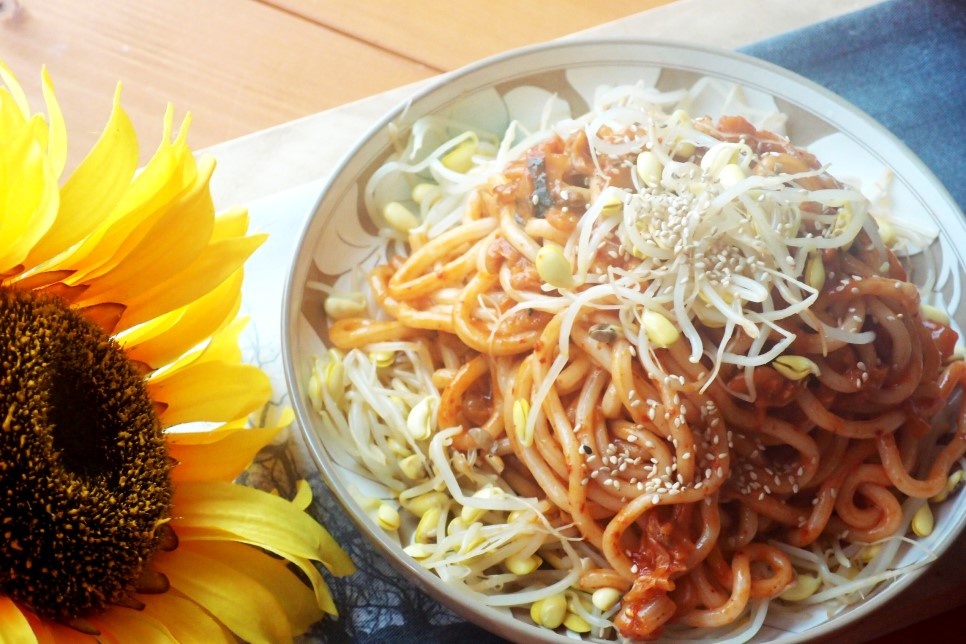
#What am I going to eat today? Making Hong Shin Ae Kimchi Bibimm
Hong Shin-ae's cooking research came out today, and squid bibimmyeon, which was grilled squid, was a multi-purpose kimchi seasoning with grilled squid mixed with udon noodles, but squid was just a decoration. It is Kimchi Bibim Udon with crispy bean sprouts as a multi-purpose kimchi seasoning. It is an all-around kimchi seasoning that can be stir-fried spicy pork, kimchi fried rice, etc.
2 serving
Within 30 minutes

강철새잎
- Ingredients
-
-
Bean sprouts2cup
-
Kimchi1/3ea
-
Udon noodles2serving
-
thick soy sauce1.5TS
-
red pepper paste2TS
-
Sugar1TS
-
ground pepperlittle
-
Sesame oil1suitably
-
Sesamelittle
-
- Cooking Steps
-
STEP 1/10We don't have squid, so parboil the bean sprouts and drain them.
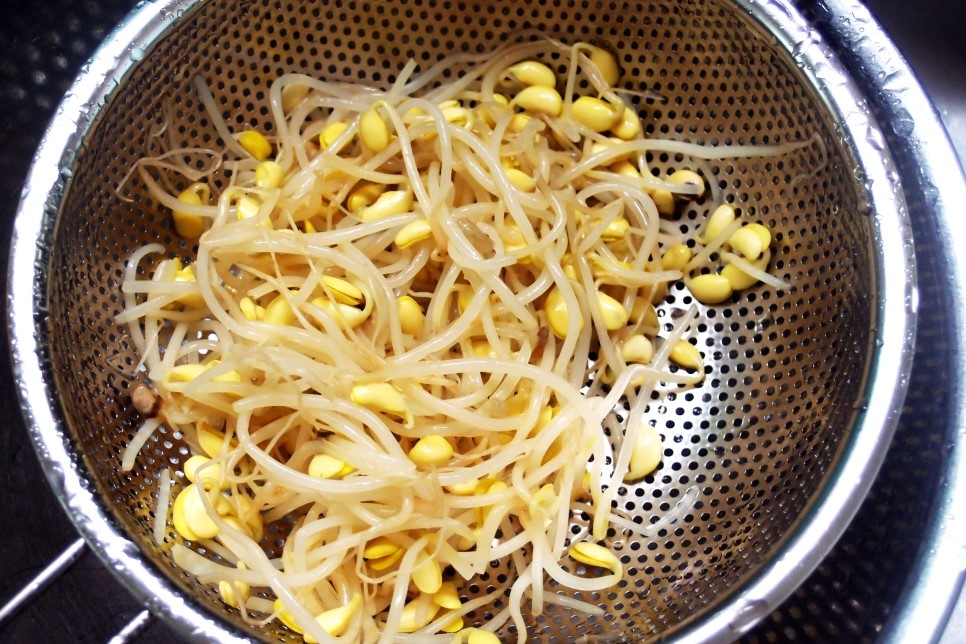 STEP 2/10Place blanched bean sprouts on a plate and leave some. I'm going to set it up.
STEP 2/10Place blanched bean sprouts on a plate and leave some. I'm going to set it up.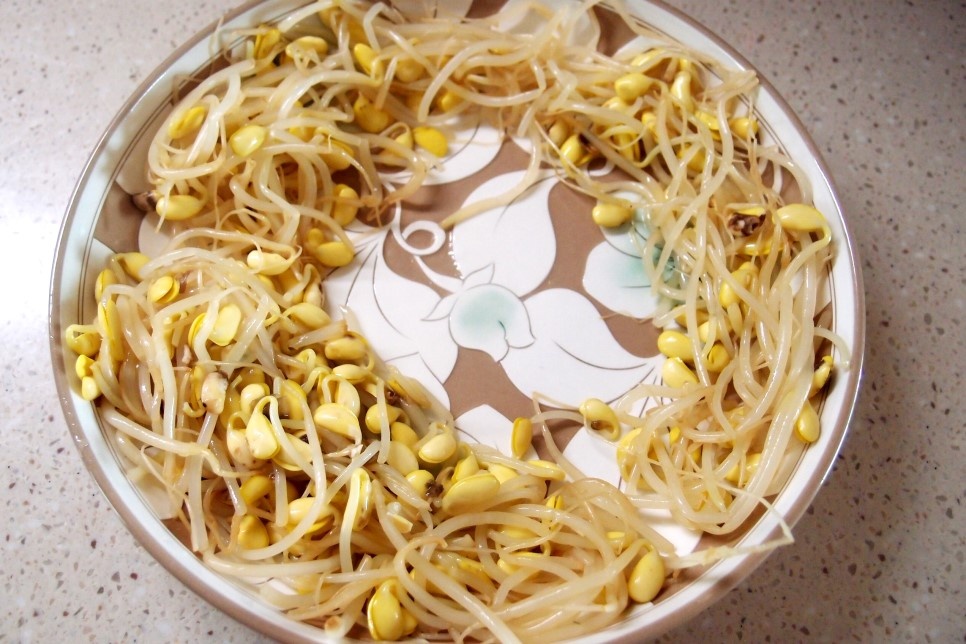 STEP 3/10Boil the udon noodles. Udon noodles are lumped together, so when you boil them, you wonder what this is. If it was ramen, I would stir it with chopsticks and release it. But don't stir it!!! It naturally melts as it cooks.
STEP 3/10Boil the udon noodles. Udon noodles are lumped together, so when you boil them, you wonder what this is. If it was ramen, I would stir it with chopsticks and release it. But don't stir it!!! It naturally melts as it cooks.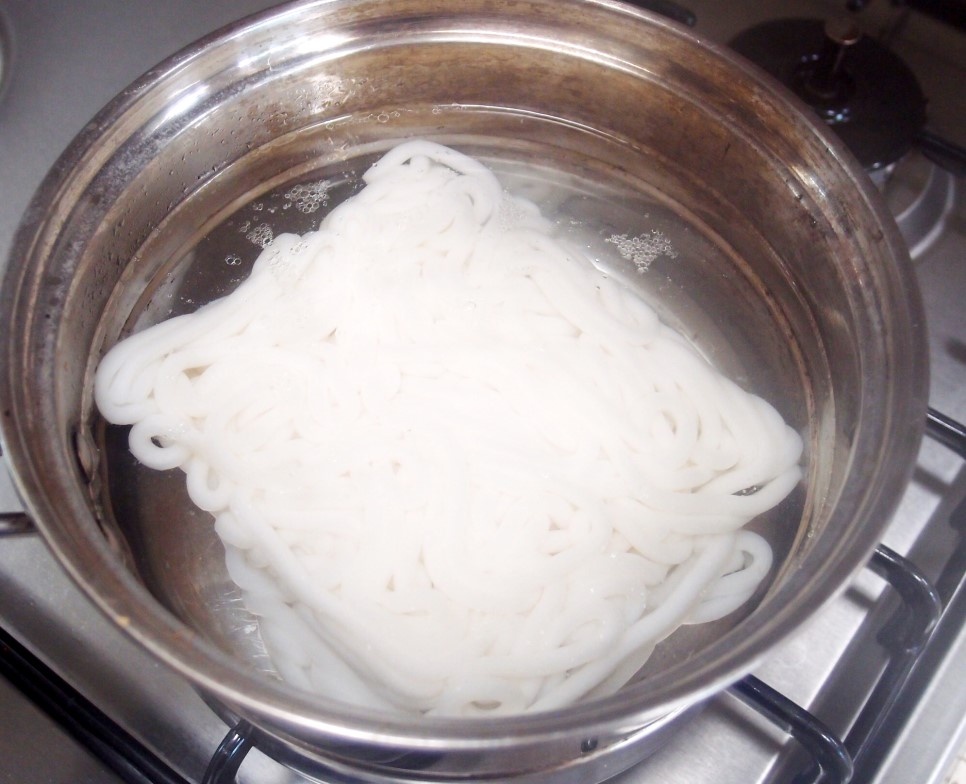 STEP 4/10Of course, you should take a cold shower for the blanched udon noodles. Hong Shin-ae said to rub it with cold water. We need to get rid of the starch.
STEP 4/10Of course, you should take a cold shower for the blanched udon noodles. Hong Shin-ae said to rub it with cold water. We need to get rid of the starch.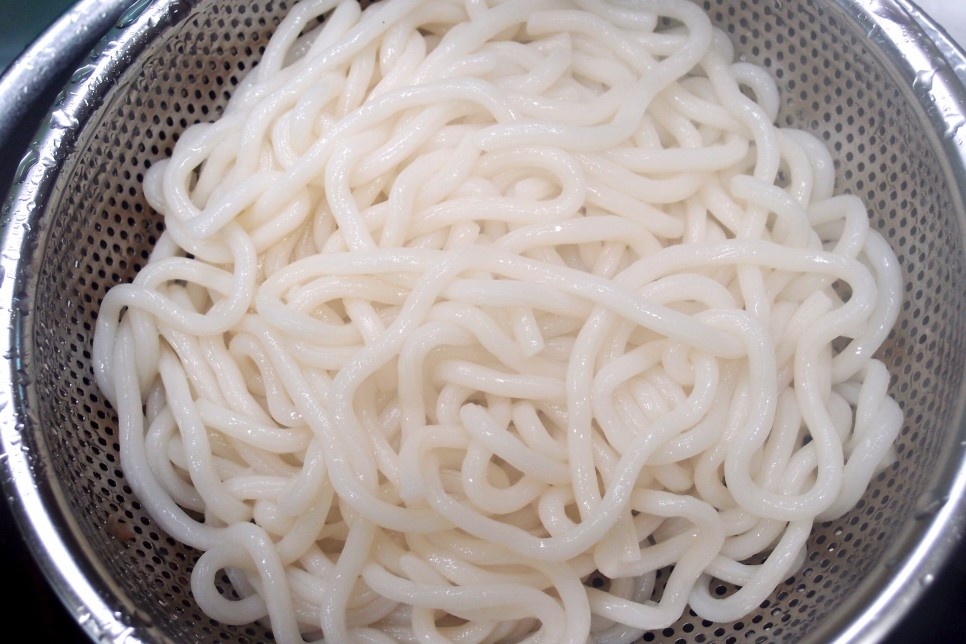 STEP 5/10Udon noodles were boiled, bean sprouts were blanched, and now it's over with kimchi seasoning. It's very simple. First, even if it is ripe, take out the overripe kimchi and slice it.
STEP 5/10Udon noodles were boiled, bean sprouts were blanched, and now it's over with kimchi seasoning. It's very simple. First, even if it is ripe, take out the overripe kimchi and slice it.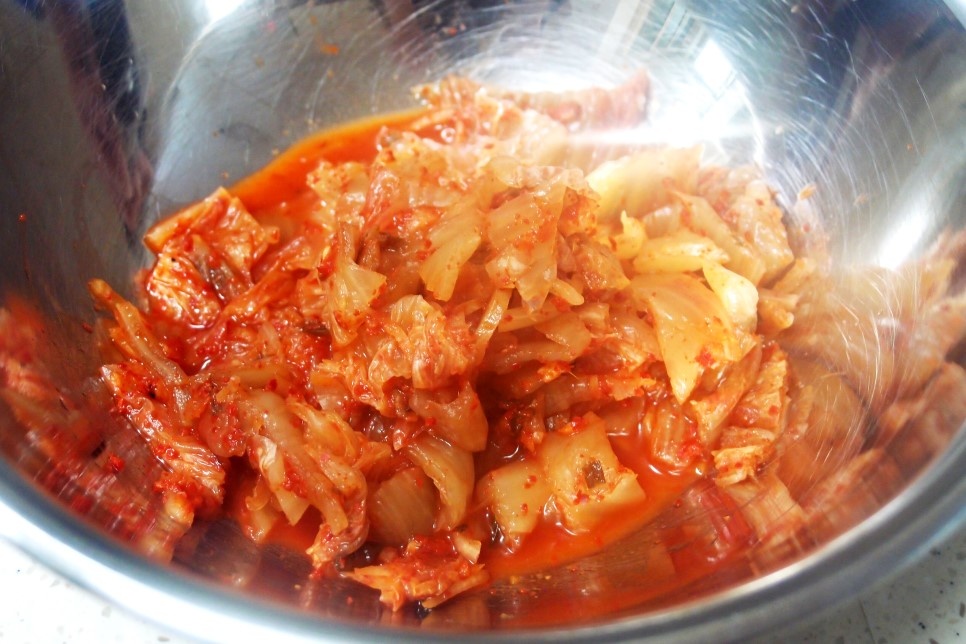 STEP 6/10Add red pepper paste, sugar, soy sauce, and pepper to it. Stir well until sufficient sugar is dissolved.
STEP 6/10Add red pepper paste, sugar, soy sauce, and pepper to it. Stir well until sufficient sugar is dissolved.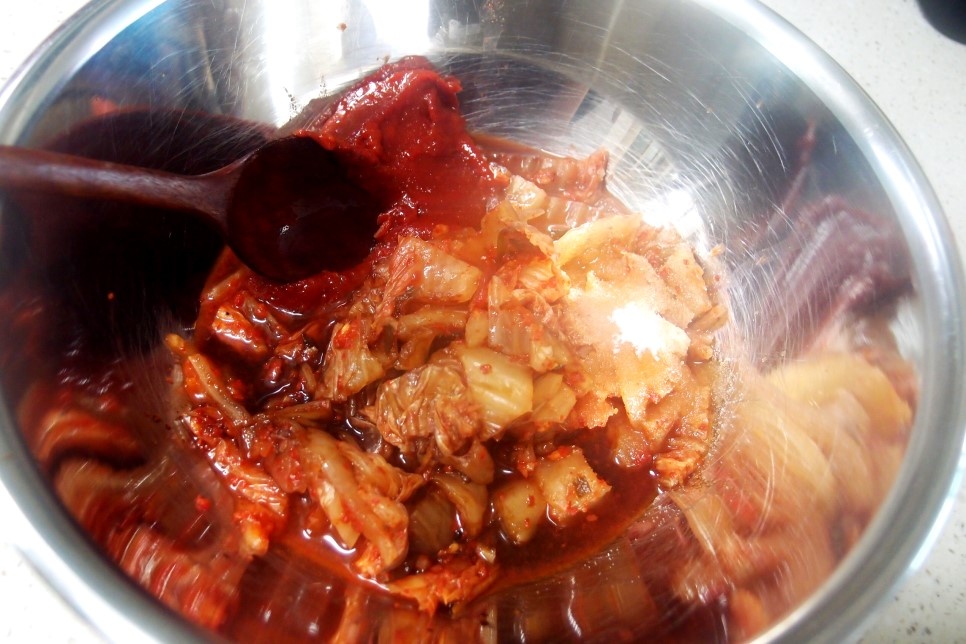 STEP 7/10And add sesame oil and sesame seeds. If you add sesame oil without melting sugar, sesame oil will coat the sugar, so it will not melt and give it a bitter taste.
STEP 7/10And add sesame oil and sesame seeds. If you add sesame oil without melting sugar, sesame oil will coat the sugar, so it will not melt and give it a bitter taste.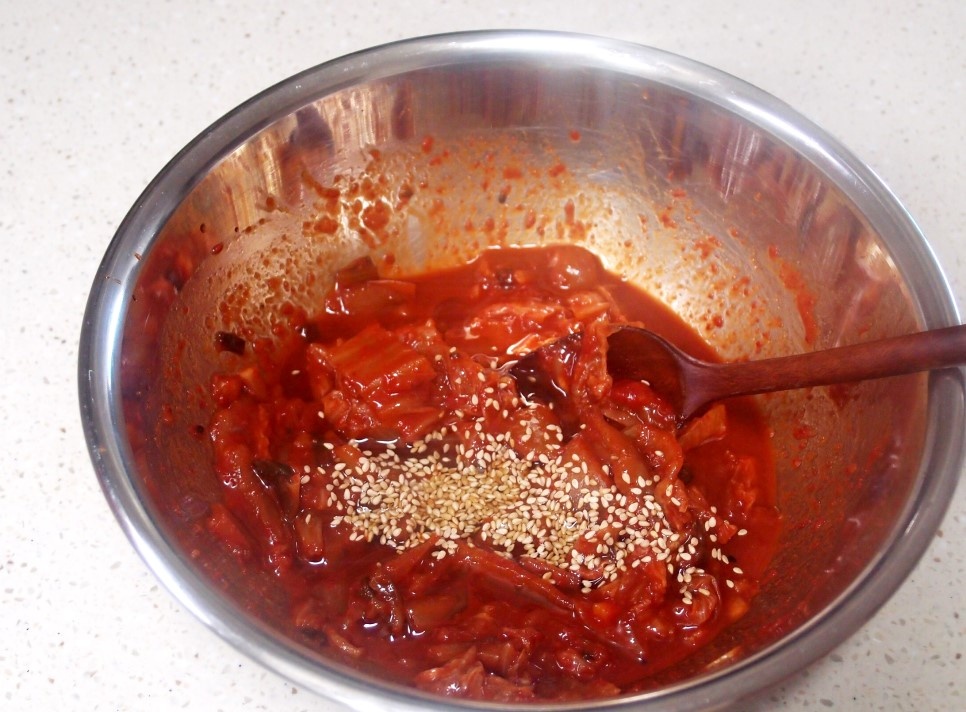 STEP 8/10Add the boiled udon noodles. And mix the udon noodles lightly so that they don't break off.
STEP 8/10Add the boiled udon noodles. And mix the udon noodles lightly so that they don't break off.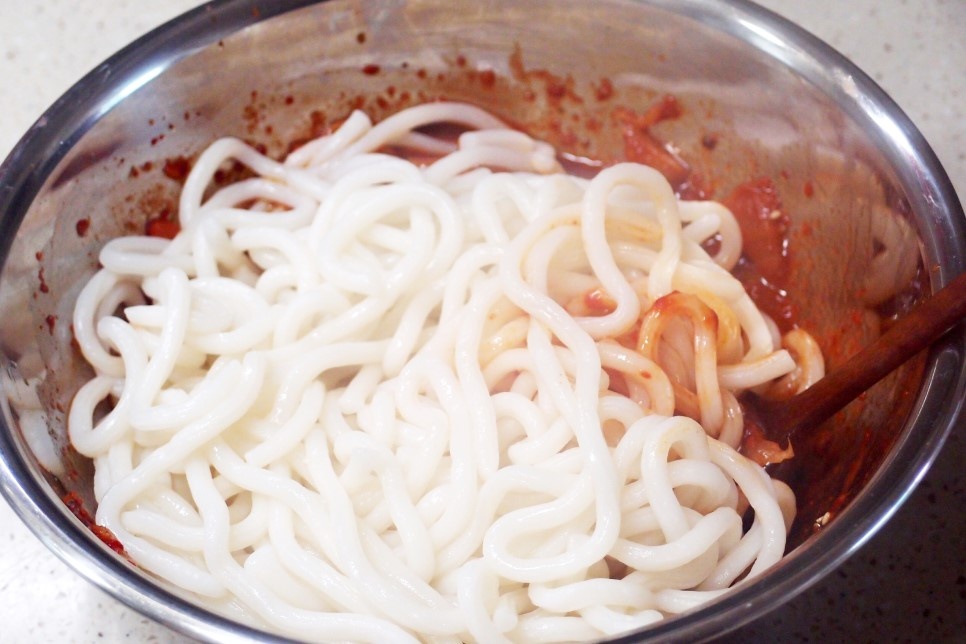 STEP 9/10Place kimchi-seasoned udon noodles in the middle of the dish with blanched bean sprouts. Plenty of food
STEP 9/10Place kimchi-seasoned udon noodles in the middle of the dish with blanched bean sprouts. Plenty of food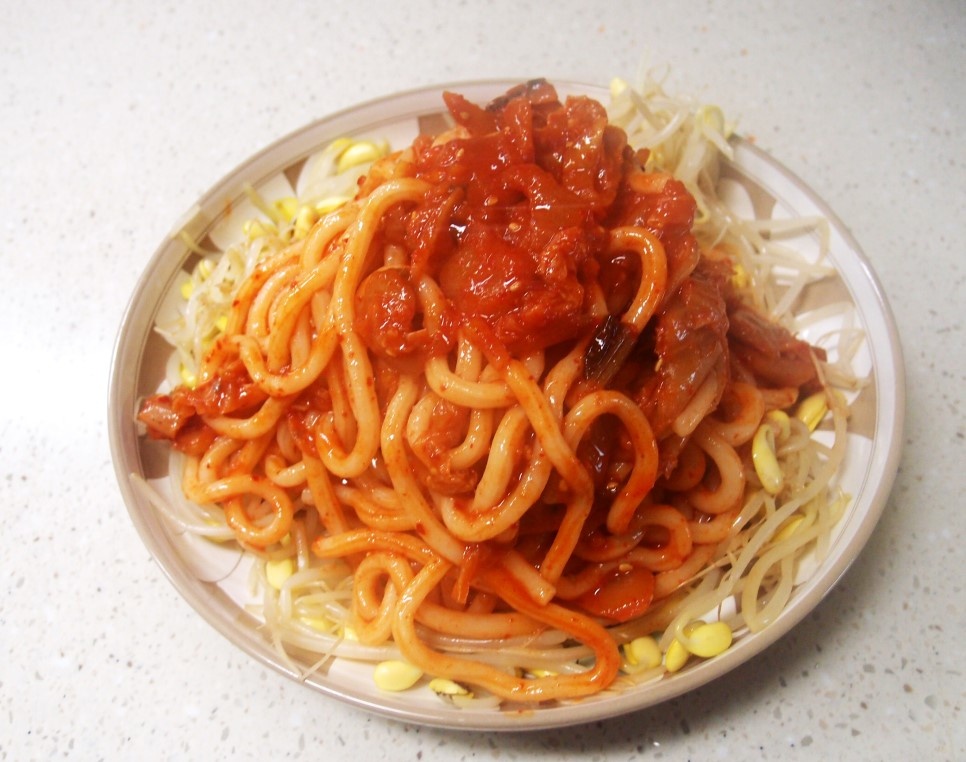 STEP 10/10And put the remaining bean sprouts on top. Kimchi bibimbap udon made with multi-purpose kimchi seasoning is done~~~ Oh, my!! It would be better if you sprinkle sesame seeds and add green onions.
STEP 10/10And put the remaining bean sprouts on top. Kimchi bibimbap udon made with multi-purpose kimchi seasoning is done~~~ Oh, my!! It would be better if you sprinkle sesame seeds and add green onions.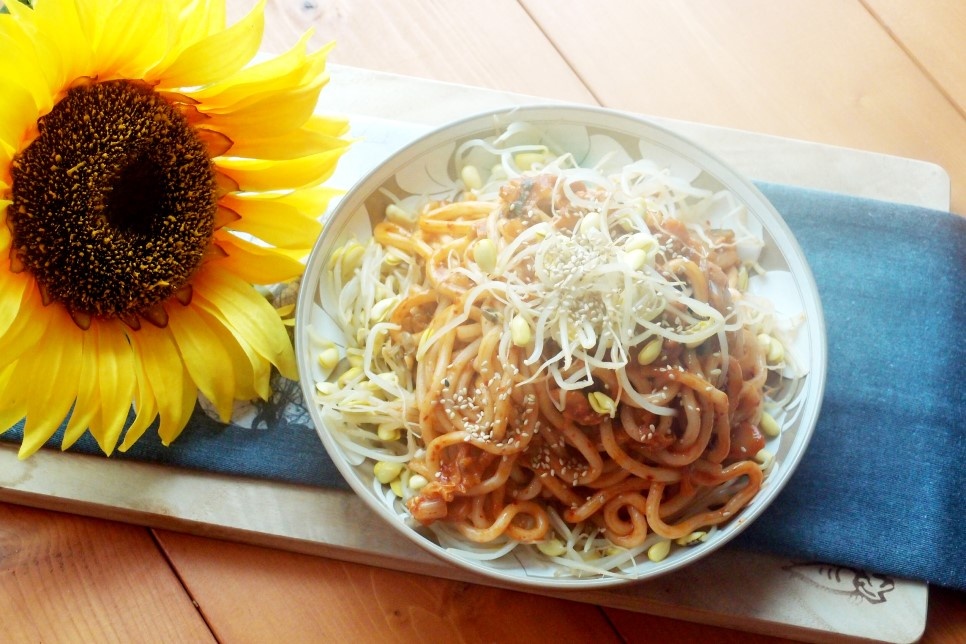
- Bulgogi Recommended recipe
-
-
1
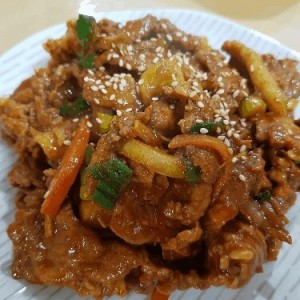 My house's rice thief. Red pepper paste bulgogi4.91(81)
My house's rice thief. Red pepper paste bulgogi4.91(81) -
2
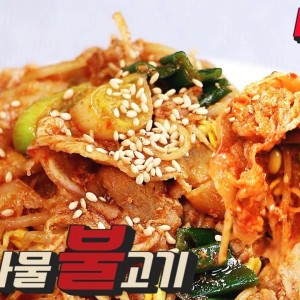 [Simple home-cooking] Request chain! Making delicious soybean pa4.97(515)
[Simple home-cooking] Request chain! Making delicious soybean pa4.97(515) -
3
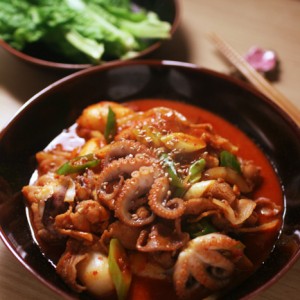 Seasonal Jusam Bulgogi4.98(41)
Seasonal Jusam Bulgogi4.98(41) -
4
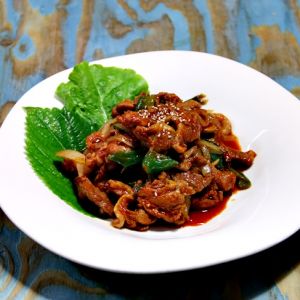 Duck Bulgogi is the best for nutritional supplements4.95(39)
Duck Bulgogi is the best for nutritional supplements4.95(39)
-
- stir-fried Rice Cake Recommended recipe
-
-
1
 Tteokbokki with soup made according to the TV recipe4.79(43)
Tteokbokki with soup made according to the TV recipe4.79(43) -
2
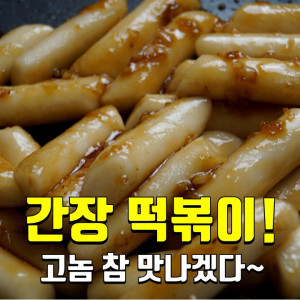 Making soy sauce tteokbokki. Sweet and salty rice cake bok (G)I-4.77(44)
Making soy sauce tteokbokki. Sweet and salty rice cake bok (G)I-4.77(44) -
3
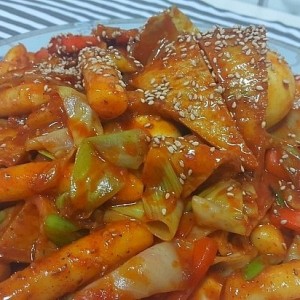 How to make spicy tteokbokki deliciously4.90(39)
How to make spicy tteokbokki deliciously4.90(39) -
4
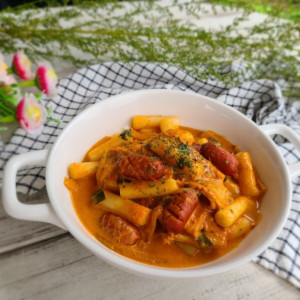 Making Rose Tteokbokki - Without whipped cream, deliciously~5.00(50)
Making Rose Tteokbokki - Without whipped cream, deliciously~5.00(50)
-